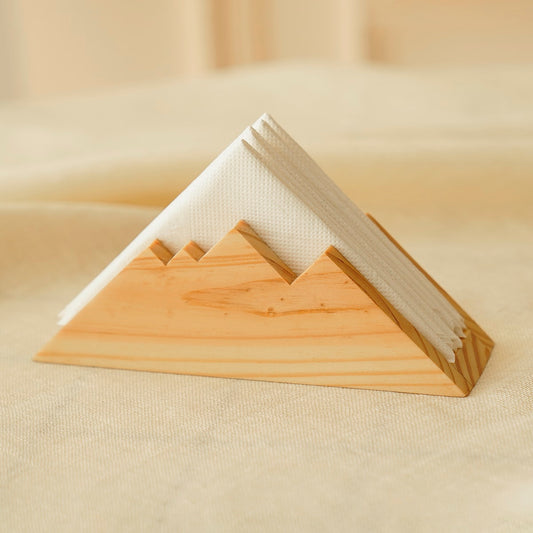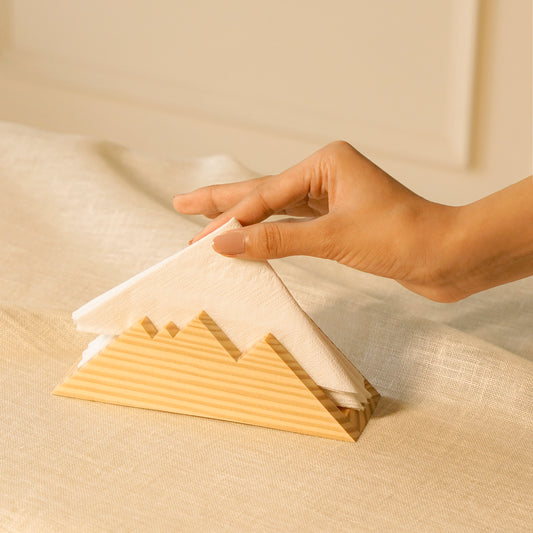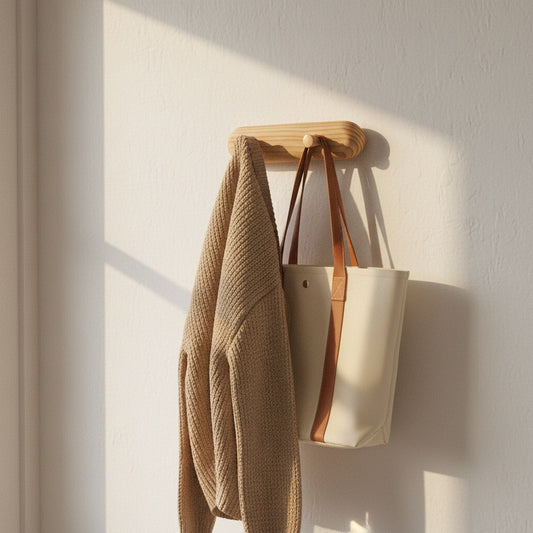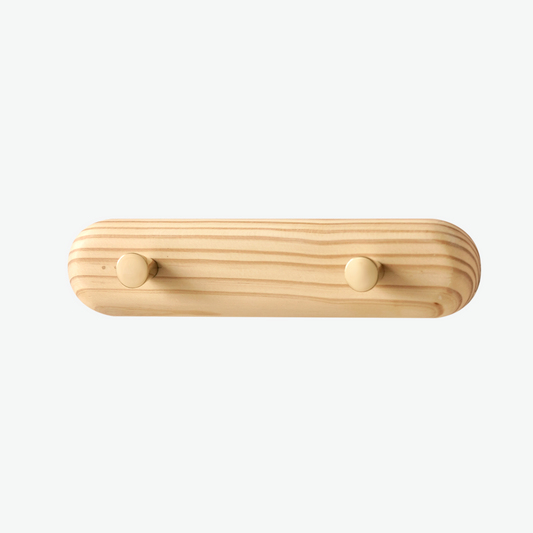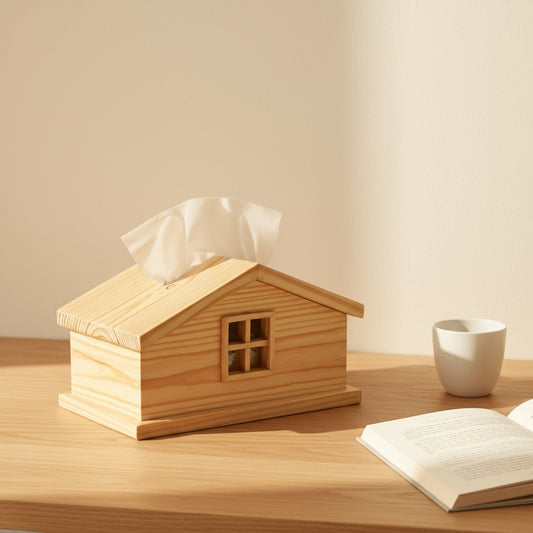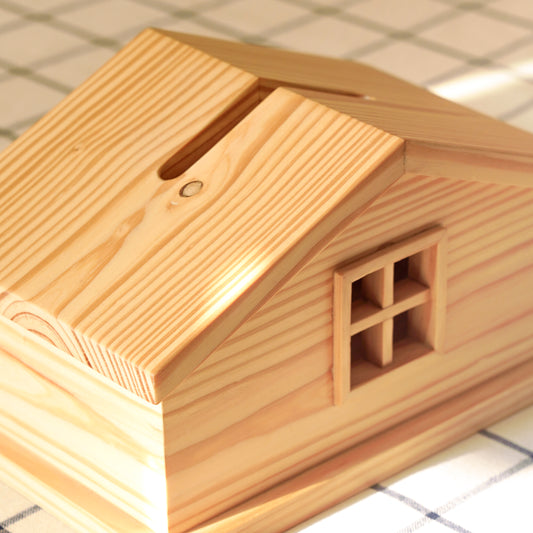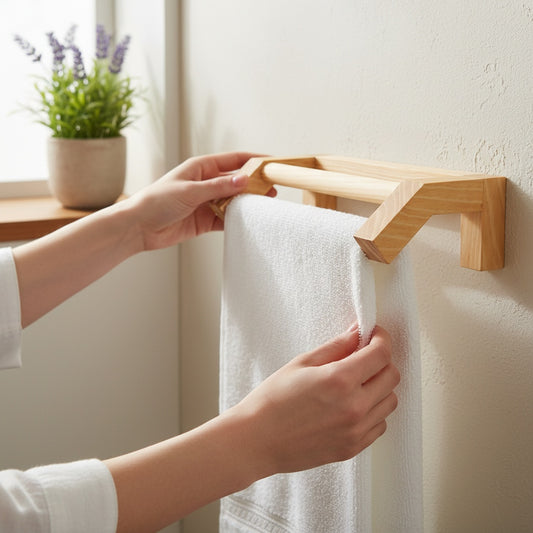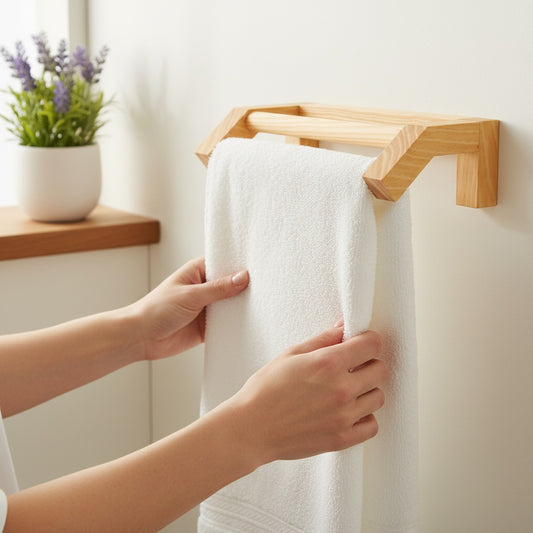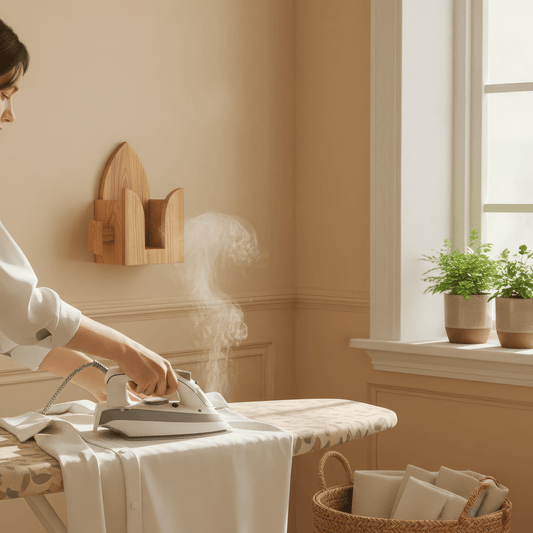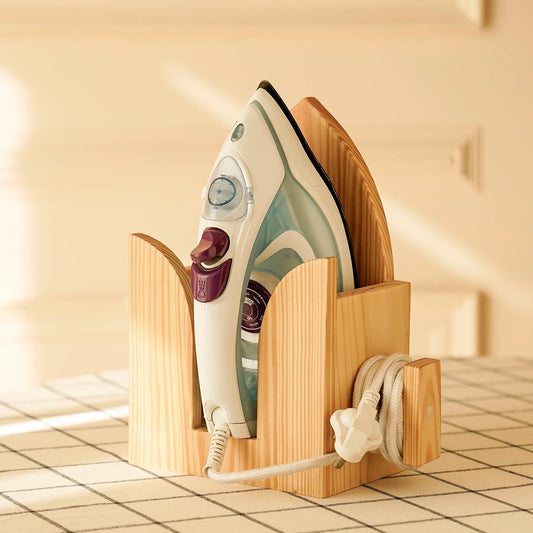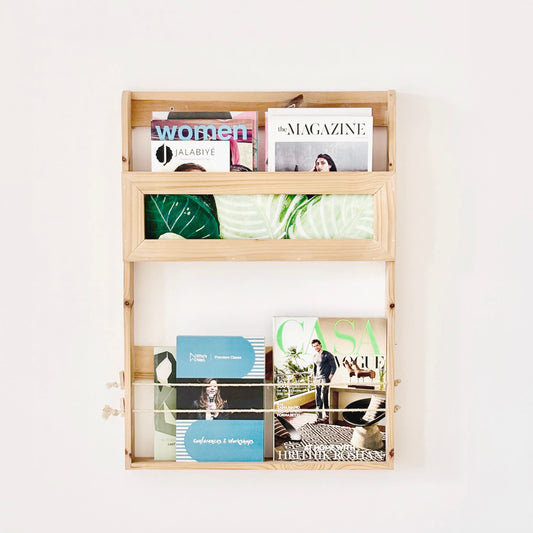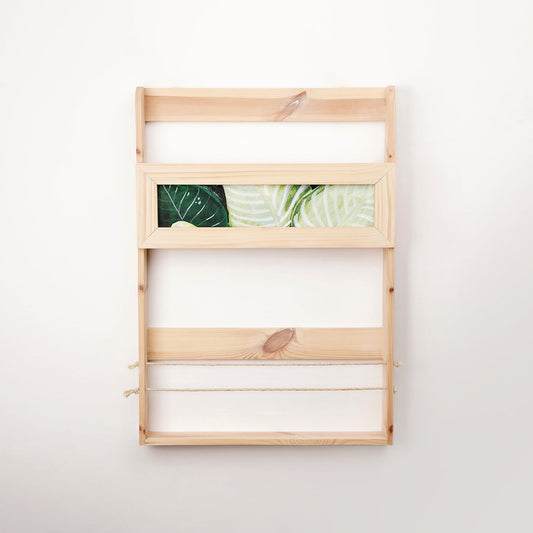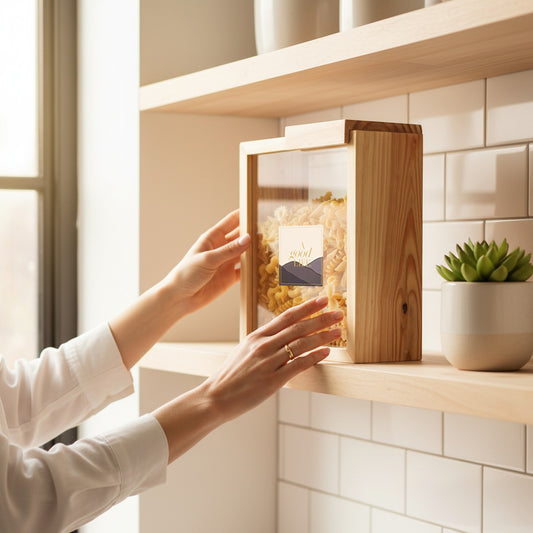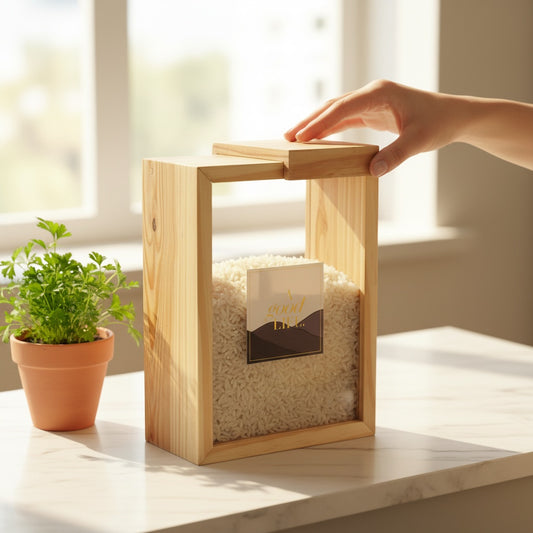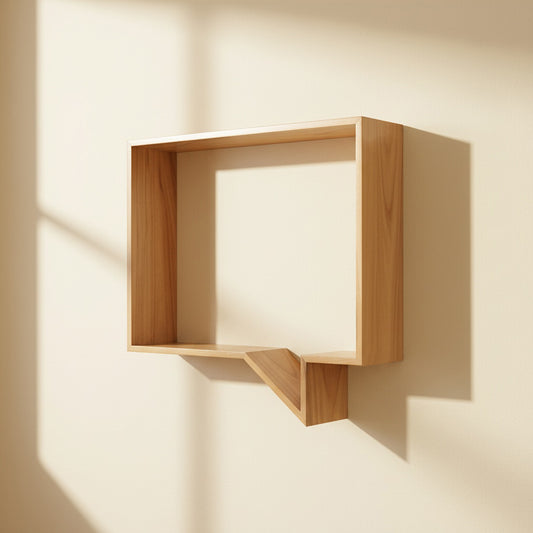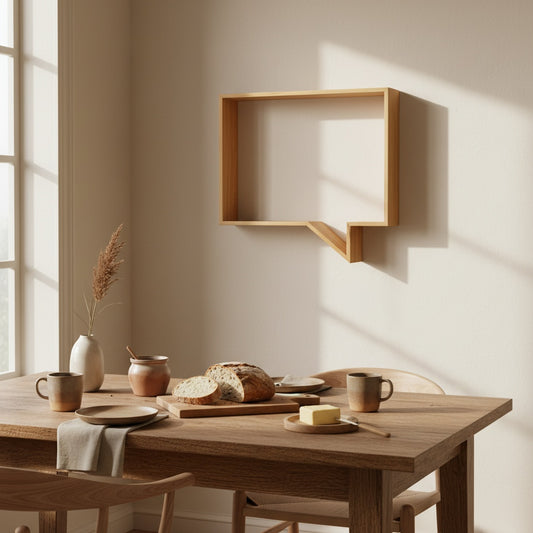Creating a hygge-inspired living room in 2025 means embracing the evolved Scandinavian design philosophy that prioritizes comfort, warmth, and emotional well-being while maintaining the clean aesthetic principles that define Nordic style. This approach goes beyond simple minimalism to create spaces that actively nurture the soul and support meaningful connections with family and friends.
At A Good Life, we understand that hygge isn't just about candles and cozy blankets—it's about creating an atmosphere where life's simple pleasures can be fully appreciated. Our handcrafted pine wood furniture embodies this philosophy, bringing natural warmth and authentic craftsmanship to modern hygge-inspired spaces.
Understanding Hygge in the 2025 Context
Hygge (pronounced "hoo-gah") has evolved significantly since its introduction to global design consciousness. In 2025, hygge represents a sophisticated approach to creating comfort that balances minimalist aesthetics with genuine coziness and emotional warmth.
The Evolution of Hygge Design
Traditional hygge focused heavily on textiles, candlelight, and seasonal elements. The 2025 interpretation maintains these elements while incorporating:
-
Sustainable materials that align with environmental consciousness
-
Technology integration that enhances rather than disrupts comfort
-
Flexible spaces that adapt to different social situations
-
Wellness-focused elements that support mental and physical health
-
Artisanal craftsmanship that tells stories and creates connections
Foundation Elements: Furniture That Embodies Hygge
The foundation of any hygge-inspired living room lies in furniture choices that prioritize both comfort and visual warmth. In 2025, this means selecting pieces that serve multiple functions while maintaining the clean lines that define Scandinavian style.
Essential Hygge Furniture Characteristics
Natural Materials: Wood, particularly pine, provides the warmth and authenticity that synthetic materials cannot match.
Comfortable Proportions: Furniture should invite relaxation without overwhelming the space.
Functional Beauty: Every piece should serve a practical purpose while contributing to the room's aesthetic appeal.
Tactile Appeal: Surfaces and textures that feel good to touch enhance the sensory experience of the space.
Our Minimalist Pinewood Lounge Chair perfectly embodies these principles, offering a comfortable seating solution that showcases the natural beauty of pine wood while maintaining the clean lines essential to modern Scandinavian design. This piece creates an inviting focal point that encourages relaxation and conversation.
Color Palette: Warmth Within Restraint
The 2025 hygge color palette maintains Scandinavian restraint while embracing warmer tones that create psychological comfort and emotional well-being.
The Modern Hygge Color Story
Base Colors: Warm whites and soft creams replace stark whites, creating a nurturing foundation that feels welcoming rather than clinical.
Natural Wood Tones: Unbleached pine, oak, and birch showcase the inherent beauty of natural materials while adding visual warmth.
Accent Colors: Muted earth tones like sage green, soft terracotta, dusty rose, and gentle lavender add personality without overwhelming the space.
Seasonal Variations: Deeper, richer tones can be introduced through textiles and accessories during colder months, while lighter variations work well in warmer seasons.
Color Application Strategies
-
Use color to create zones within open living spaces
-
Layer different tones within the same color family for depth
-
Introduce color through natural materials rather than paint when possible
-
Balance warm and cool tones to prevent the space from feeling too monotonous
-
Consider the psychological impact of color choices on daily mood and energy
Lighting: Creating Hygge Atmosphere
Lighting is perhaps the most crucial element in creating authentic hygge atmosphere. The 2025 approach to hygge lighting combines traditional elements with modern technology to create spaces that feel magical throughout the day.
Layered Lighting for Hygge
Ambient Lighting: Soft, diffused light that creates overall warmth and comfort. This includes ceiling fixtures with warm bulbs and strategically placed floor lamps.
Task Lighting: Focused light for specific activities like reading or crafting, designed to be functional without being harsh.
Accent Lighting: Decorative elements that create visual interest and highlight specific features or objects.
Candle Light: The quintessential hygge element, providing flickering warmth that no electric light can replicate.
Natural Light: Maximizing daylight through strategic furniture placement and window treatments that filter rather than block light.
Modern Hygge Lighting Solutions
Consider incorporating our Hikari Beam Pendant Lighting as a statement piece that combines sculptural beauty with functional illumination. This handcrafted fixture adds visual interest while providing the warm, diffused light essential to hygge atmosphere.
Textural Layering: The Tactile Dimension of Hygge
Texture plays a crucial role in creating the sensory richness that defines authentic hygge spaces. The key is thoughtful layering that adds comfort and visual interest without creating clutter.
Essential Hygge Textures
Foundation Textures: Smooth wood surfaces, natural stone, and clean textiles that provide a calm base for layering.
Comfort Textures: Soft throws, plush cushions, natural fiber rugs, and woven baskets that invite physical interaction.
Accent Textures: Rougher weaves, brushed metals, or ceramic pieces that add visual and tactile contrast.
Seasonal Textures: Elements that can be changed with the seasons to maintain freshness and respond to changing comfort needs.
Textural Layering Strategies
-
Start with larger furniture pieces as your textural foundation
-
Add medium-scale textures through rugs, curtains, and upholstery
-
Layer in small-scale textures through cushions, throws, and decorative objects
-
Balance smooth and rough textures for visual interest
-
Consider the maintenance requirements of different textures
Storage Solutions: Hidden Hygge Organization
Maintaining the clean aesthetic essential to hygge requires thoughtful storage solutions that keep clutter at bay while remaining accessible and beautiful.
Hygge-Friendly Storage Principles
Hidden Storage: Solutions that maintain visual calm while providing practical organization.
Beautiful Storage: Pieces that serve dual purposes as both storage and decorative elements.
Accessible Storage: Systems that make it easy to maintain organization without stress.
Natural Materials: Storage solutions that complement rather than compete with the room's aesthetic.
For elegant storage that maintains hygge principles, consider our Minimalist Wooden Nesting Table. These versatile pieces provide surface space when needed while tucking away neatly to maintain clean lines, embodying the hygge principle of functional beauty.
Creating Conversation Areas
Hygge is fundamentally about connection—with others, with nature, and with ourselves. The furniture arrangement in a hygge living room should facilitate these connections.
Conversation-Friendly Arrangements
Intimate Seating Groups: Arrange furniture to create cozy conversation areas that encourage face-to-face interaction.
Flexible Configurations: Choose pieces that can be easily rearranged for different social situations.
Comfortable Distances: Position seating at distances that feel comfortable for conversation without shouting.
Multiple Focal Points: Create several areas of interest so the room can accommodate different activities simultaneously.
Natural Gathering Spots: Use lighting and furniture placement to create areas that naturally draw people together.
Incorporating Natural Elements
Biophilic design principles are essential to modern hygge, creating connections to nature that support well-being and add authentic beauty to the space.
Natural Element Integration
Living Plants: Carefully chosen plants that thrive in your specific lighting conditions and add life to the space.
Natural Materials: Wood, stone, ceramic, and other materials that showcase natural beauty and aging characteristics.
Organic Shapes: Furniture and accessories that echo forms found in nature rather than purely geometric designs.
Natural Light: Maximizing and celebrating natural light through strategic furniture placement and window treatments.
Seasonal Elements: Incorporating elements that change with the seasons to maintain connection to natural cycles.
Technology Integration: Invisible Hygge
Modern hygge acknowledges our digital reality while maintaining the movement's emphasis on simplicity and authentic connection.
Hygge-Compatible Technology
Hidden Cables: Cable management solutions that maintain clean aesthetics while providing necessary connectivity.
Integrated Charging: Built-in charging solutions that eliminate the need for visible cords and adapters.
Smart Lighting: Automated systems that adjust throughout the day to support natural circadian rhythms.
Sound Systems: Integrated audio that can provide ambient music without visible speakers or equipment.
Climate Control: Smart systems that maintain optimal comfort without manual adjustment or visible controls.
Seasonal Hygge Adaptations
True hygge responds to seasonal changes, adapting the living room to support comfort and well-being throughout the year.
Seasonal Hygge Elements
Winter Hygge: Heavier textiles, warmer lighting, deeper colors, and elements that create psychological warmth during darker months.
Spring Hygge: Lighter textiles, increased natural light, fresh plants, and colors that reflect renewal and growth.
Summer Hygge: Minimal textiles, maximized natural light, outdoor connections, and elements that create cooling psychological effects.
Autumn Hygge: Rich textures, warm colors, harvest elements, and preparations for the cozy season ahead.
Personal Touches: Making Hygge Your Own
While hygge has recognizable characteristics, authentic hygge spaces reflect the personalities and preferences of their inhabitants.
Personalizing Your Hygge Space
Meaningful Objects: Display items that tell your story and create emotional connections.
Handmade Elements: Incorporate crafted pieces that show the maker's hand and support artisanal traditions.
Family Heirlooms: Include pieces that connect you to family history and create continuity across generations.
Travel Memories: Thoughtfully display items that remind you of meaningful experiences and places.
Creative Expression: Include elements that reflect your hobbies, interests, and creative pursuits.
Maintenance and Care: Sustaining Hygge
Maintaining a hygge-inspired living room requires ongoing attention to both aesthetic and functional elements.
Hygge Maintenance Strategies
Regular Decluttering: Periodic removal of items that no longer serve the space's hygge principles.
Seasonal Updates: Changes in textiles, lighting, and accessories to maintain freshness and seasonal connection.
Material Care: Proper maintenance of natural materials to preserve their beauty and hygge-enhancing properties.
Lighting Adjustments: Regular updates to lighting systems to maintain optimal hygge atmosphere.
Plant Care: Attention to living elements that contribute to the space's biophilic benefits.
Budget-Friendly Hygge Implementation
Creating authentic hygge doesn't require expensive overhauls. Many hygge elements can be implemented gradually and affordably.
Affordable Hygge Strategies
Start with Lighting: Candles and warm-bulb lamps can immediately transform a space's hygge potential.
Add Textiles: Throws, cushions, and rugs can add comfort and warmth without major investment.
Rearrange Existing Furniture: Often, simply repositioning current pieces can create more hygge-friendly arrangements.
Incorporate Plants: Affordable plants can add life and natural beauty to any space.
DIY Elements: Handmade touches often contribute more to hygge atmosphere than expensive purchased items.
The Future of Hygge Design
As we look beyond 2025, hygge will likely continue evolving to address changing lifestyle needs while maintaining its core emphasis on comfort and authentic connection.
Emerging Hygge Trends
Wellness Integration: Deeper incorporation of elements that actively promote physical and mental health.
Community Hygge: Design that facilitates both digital and physical social connections.
Sustainable Hygge: Increased emphasis on environmental responsibility within hygge principles.
Adaptive Hygge: Spaces that automatically adjust to support hygge principles throughout the day and seasons.
Global Hygge: Integration of comfort traditions from cultures around the world within the hygge framework.
Creating a hygge-inspired living room with 2025 Scandinavian trends means embracing comfort without sacrificing style, incorporating technology without losing authenticity, and creating spaces that truly support the good life. By focusing on natural materials, thoughtful lighting, comfortable arrangements, and personal touches, you can create a living room that embodies the best of modern hygge principles.
The key to successful hygge design lies in understanding that it's not about following a prescribed aesthetic, but about creating spaces that genuinely support your well-being and facilitate meaningful connections with others. As hygge continues to evolve, this human-centered approach will remain its most important characteristic.

